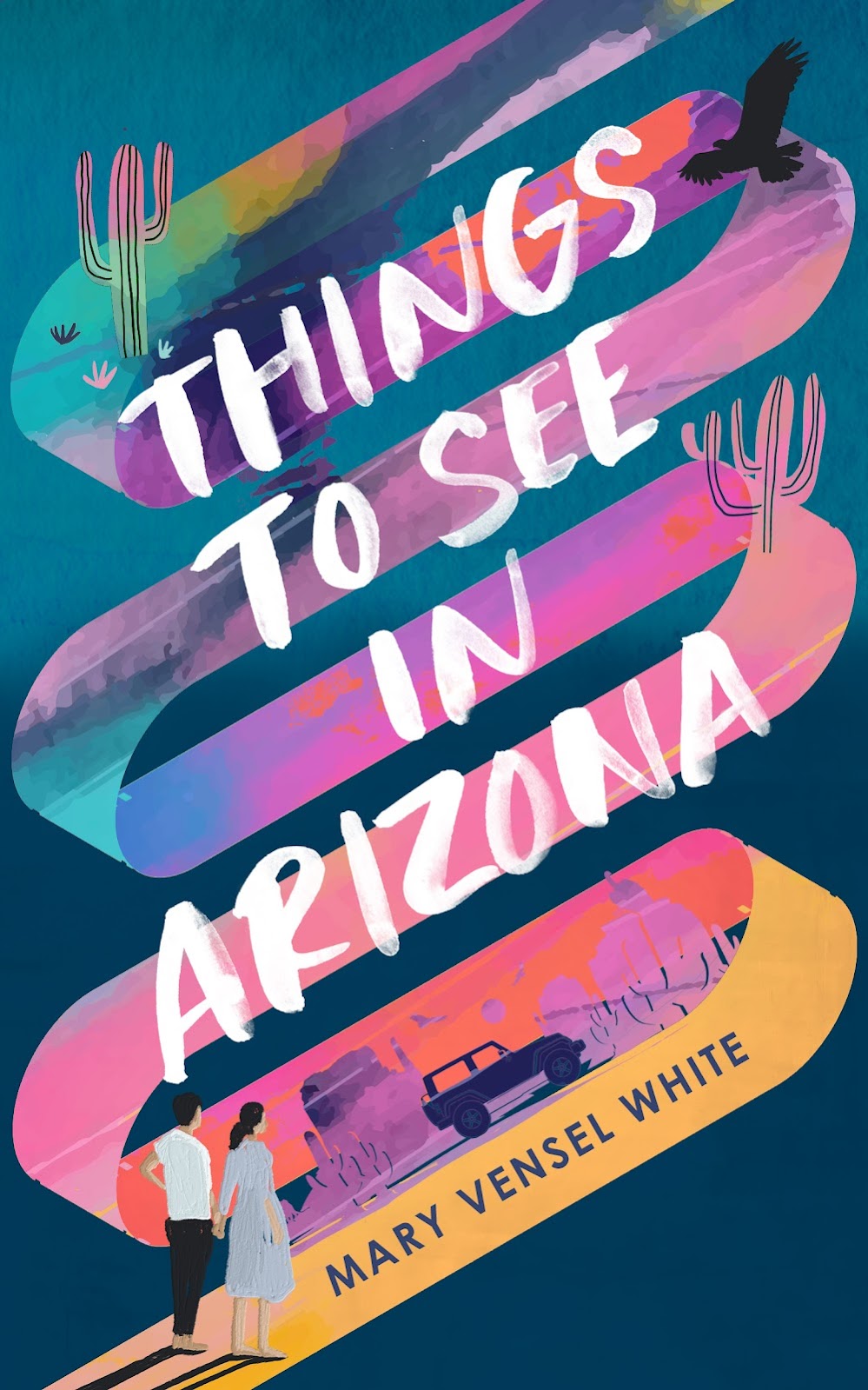Last month, I traveled to Colorado Denver and spent the day touring downtown and my alma mater, the University of Denver , then headed south for the 70-mile trip into Colorado Springs
Kent Haruf grew up in eastern Colorado , and he’s spent the vast majority of his life in middle America—university in Nebraska and Iowa , work in Wyoming , teaching in southern Illinois and a return to Colorado Holt , Colorado;
Benediction is considered the third in a Holt, Colorado
I was trying to describe Benediction the other night, trying to say what I loved so much about it. I talked about the high plains of Colorado, its rough qualities and intrusive changes. I mentioned Haruf’s focus on the “precious ordinary” in life. I described his characters, so familiar that you know them from the start. Then I talked about the story, the old man dying from cancer while stories from his life come to light. I began to lose my audience. So I related a scene from the book that had the biggest impression on me—three women, two middle-aged and one elderly—take a young neighborhood girl for a picnic. They lunch, drink wine and take a nap outside under the trees. They talk about things that happened to them in life. And then they skinny dip in the stock tank, the water kept for cattle. And once they’re in, they begin to teach the young girl to swim. A routine scene, perhaps boring? Actually, it’s one of the most poignant things I’ve ever read.
And it occurred to me that Haruf’s representations of women in this novel are among the most fully realized I’ve ever read. The way women take care of what needs to be done, day in and day out. The way they keep families and communities together. Because really, on a broader level, that’s what I love about Haruf’s writing. It’s just about life and the connections we make for our short time here. Family, neighbors, friends. The mistakes, the lessons, the joys. I can't describe the effect of his stories any more than a photograph of Colorado can give a complete impression. Trust me, you have to read these books.















